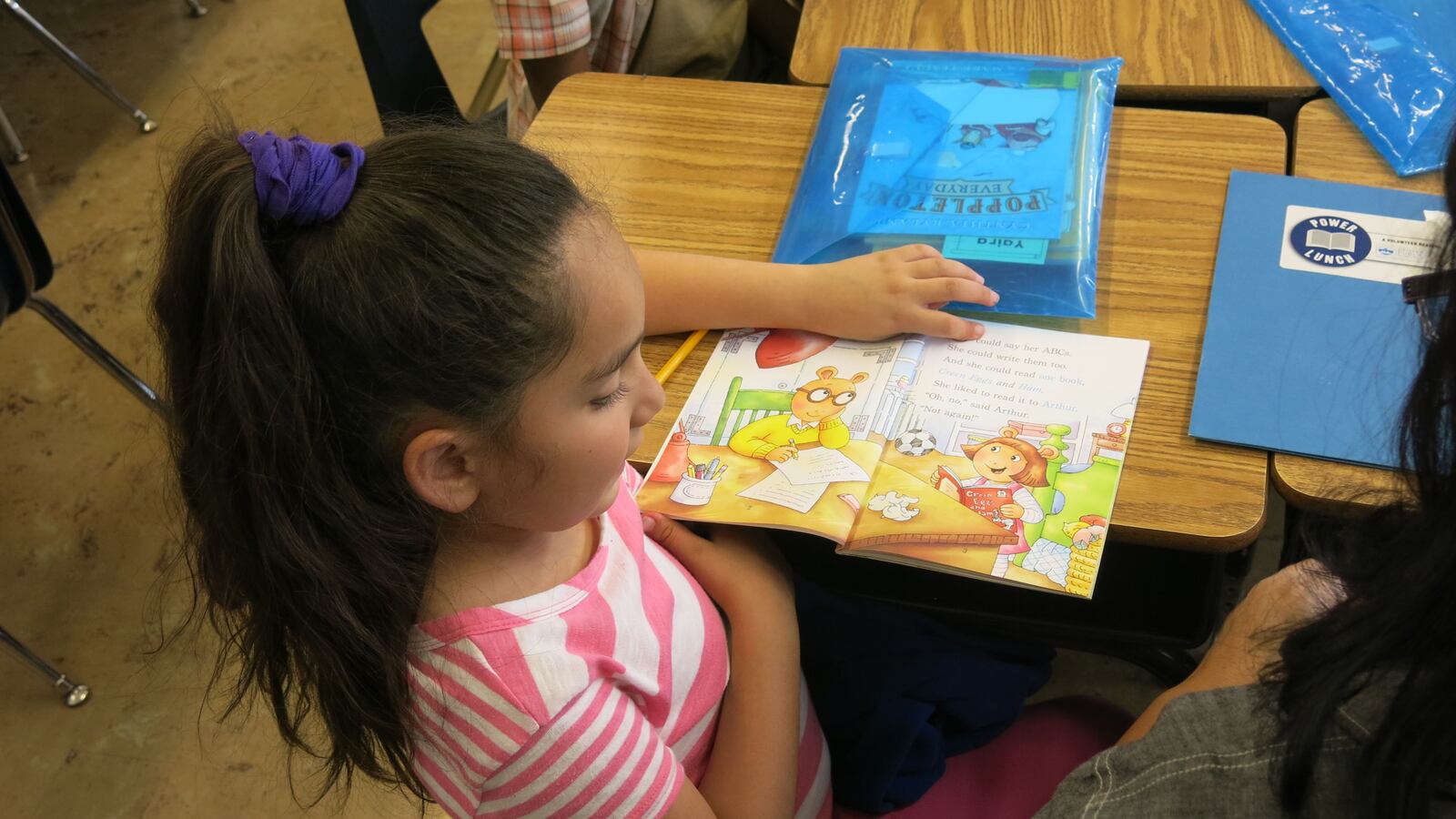Faced with another year in which few children in several poor districts met the city’s official criteria for giftedness, New York City is changing the rules.
The city will open four new gifted and talented programs and ditch the usual screening exams in favor of evaluations that will allow teachers to hand pick second-graders who they believe are performing above grade level.
“The goal is to create a pilot program in these areas that responds to families’ wishes and are based around multiple measures — which best reflect student achievement,” education department spokesman Harry Hartfield wrote in an email.
Education officials did not explicitly cite historic socioeconomic and racial divides in gifted and talented programs as a reason for expanding the program. But ever since the city stopped districts from setting their own eligibility rules, in 2007, the programs have disproportionately served richer and whiter students.
Last year, for instance, districts 2 and 3 in Manhattan had more than three times the number of kindergarten students receive gifted and talented placements than the city’s 10 poorest districts combined. And while seven in 10 city students are black or Hispanic, only three in 10 students in those selective programs are.
Now, with the addition of programs in districts 7 and 12 in the Bronx and 16 and 23 in central Brooklyn, every city student will have a gifted program nearby for the first time in at least five years.
The emphasis on making sure every student has access to a gifted program could represent a slight policy shift for schools Chancellor Carmen Fariña. “My children did not go to gifted and talented, and I think they had wonderful educations because their teachers taught all the kids in that class to the highest level,” Fariña said at a forum in 2014. She said her “goal would be to have neighborhood schools that provide gifted practices to all students.”
Allison Roda, who recently wrote a book about inequity in gifted and talented programs in New York, said she is encouraged by the new programs in Brooklyn and the Bronx, even though she still has reservations about the utility of segregating students into those programs in the first place.
“This is good news that they’re using multiple measures and they’re opening up access to these programs,” she said.
To determine if students should be funneled into the new accelerated programs, teachers will use evaluations that indicate “demonstrated academic performance” and “gifted behavior indicators such as being highly curious, motivated and a fast learner,” according to city officials.
The ultra-selective citywide gifted programs will still require a top score on the typical screening exams. But all second graders who perform above grade level in the four districts getting the new programs will be eligible to apply in May, and the programs will start enrolling third graders next school year.
Starting the program in the third grade rather than kindergarten is backed up by research, Roda said, since it is less likely that the programs will simply reflect privileges students have when they show up in the system.
It’s less clear whether the programs actually benefit students, though. “They’re still creating this parallel system in education and there’s so much focus on the admissions process instead of what’s actually taught in the classroom,” she said.
Sharon Weinberg, a professor of applied psychology and statistics at New York University’s Steinhardt School, echoed that expanding gifted programs in poorer districts is a good idea and might increase diversity.
But she also worries about research showing that involving teachers in the selection process is linked to bias against minority students. She pointed to a study of the Broward County, Florida school district, where the number of black and Hispanic children identified as gifted doubled after the district moved away from using teacher and parent recommendations.
Statistics released Thursday by the education department show that gifted programs across the rest of the city still reflect significant gaps between districts.
District 2 in Manhattan, for example, had 1,590 students eligible for gifted programs. By comparison, every district in the Bronx combined had just 830 qualified students.
Overall, the number of students eligible for the accelerated programs jumped to 30 percent of the students who took the test this year, up five percentage points compared with 2015, though the number of total students tested dipped slightly from 36,450 to 35,979.

